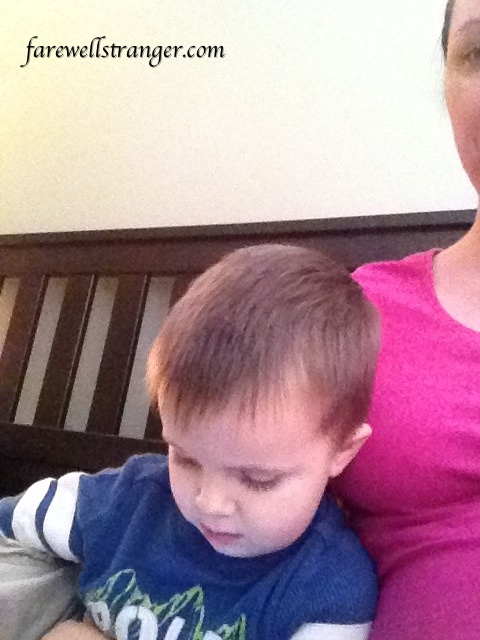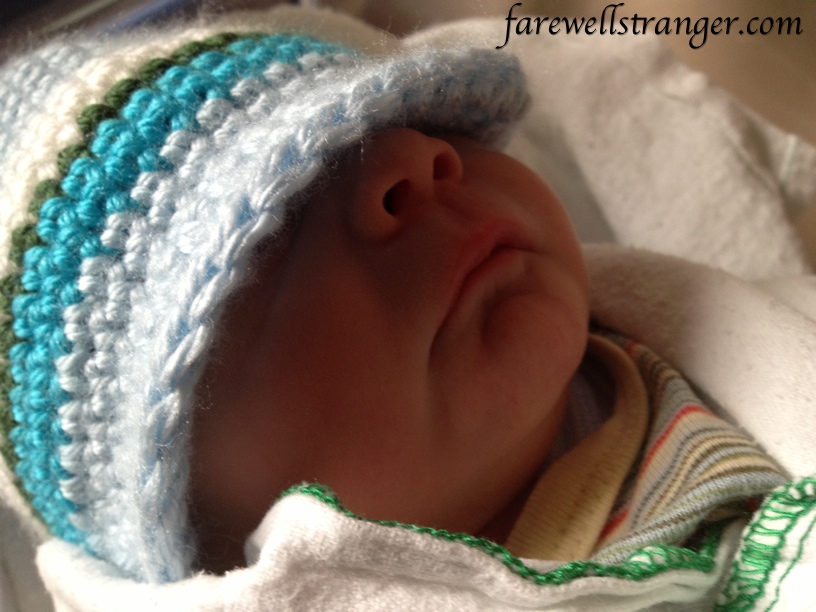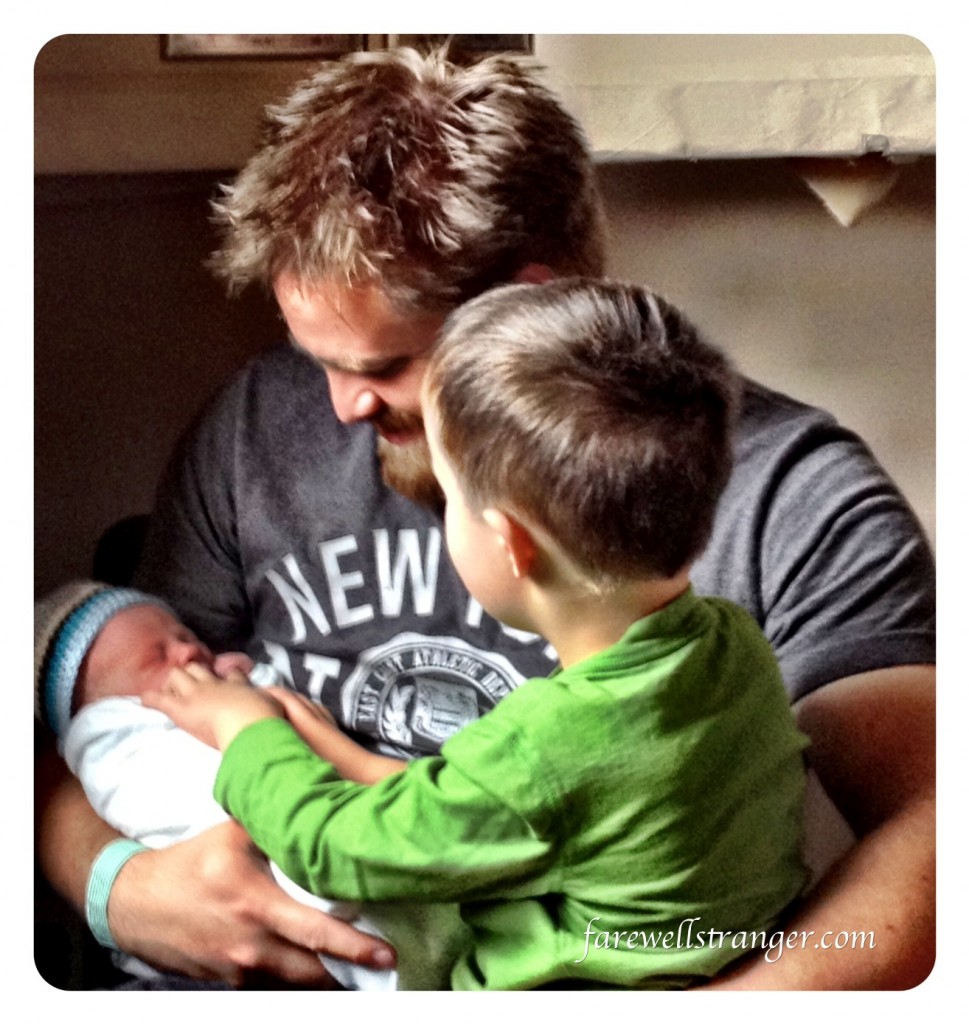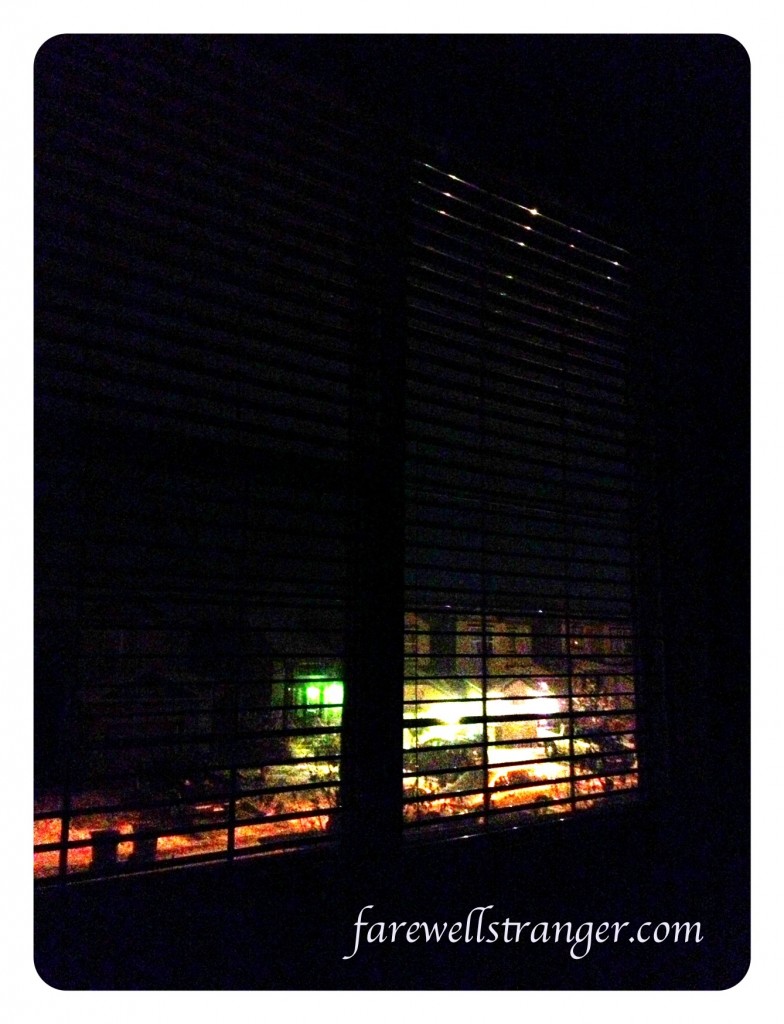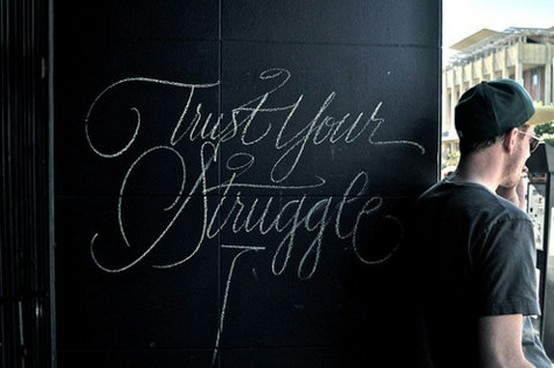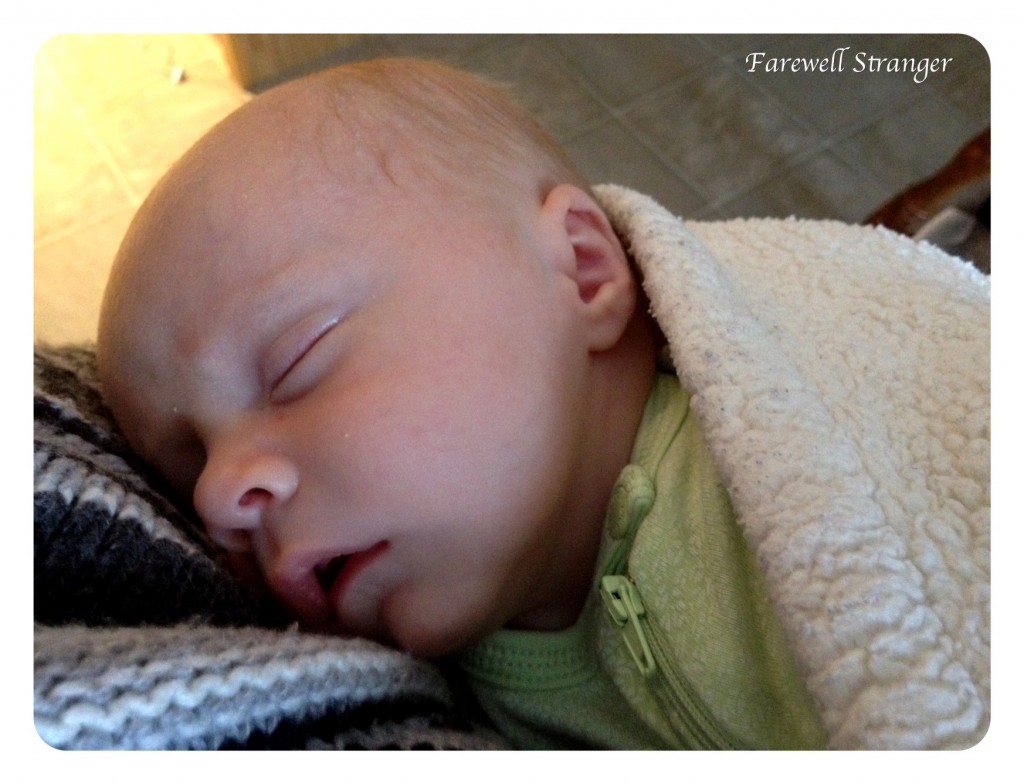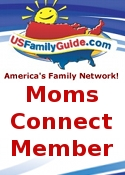I don’t know how to write this. I’ve started it over and over in my head but I’m not sure if any of those words are right. I think maybe I just need to let it come out the way it wants to.
If you’re more a fan of short versions of birth stories, here it is:
I had a VBAC. Unmedicated. My water broke at 3 p.m., we went to the hospital at 8:30 and Ethan was born at 11:39 p.m. after about 20 minutes of pushing. That part, and what happened after, hurt a lot. The apple juice and peanut butter toast my midwife brought me afterwards was the best thing I’ve ever eaten. And it’s a good thing this is our last child because I never want to do that again.
That version sums up many of the major, relevant details but of course it misses the nuances. It avoids what makes this a story.
The story really started just over four years ago when Connor was born via a scheduled C-section because he was breech. But don’t worry – this isn’t a story that takes four years to tell. It takes a couple of weeks, though, starting when I left work and started my maternity leave four weeks before my due date. At the time I worried that I was copping out, especially because I hadn’t even been at my job for a year, but I needed to stop working. Nine months of nausea and heartburn and just general I-hate-being-pregnant was enough and I needed a break before trying to cope with a new baby. And I wanted to have some time with Connor before he got plopped into the role of big brother. But I also suspected deep down that leaving early might be a good idea.
And it was. I started having contractions nine days before Ethan was actually born (which was nine days after I stopped working). Small ones, at first, of the Braxton-Hicks variety. I ignored them. Other than being annoying, I wasn’t at first convinced they were leading up to anything. It was self-preservation, I think. When you’ve waited four years for a VBAC you don’t want to let yourself start to hope.
But they kept coming, and the day before Ethan was born I did two things: I googled “how to stop Braxton Hicks” and I wrote a post about how I didn’t really think I was in labour. Because I really didn’t think it was going to happen anytime soon.
I had two nights of no sleep thanks to the annoying (and increasingly regular) contractions and by the morning of October 2 I was tired. We phoned my mom and told her it was probably a good idea for her to come out, thinking only that she could help entertain Connor for a few days. She booked a flight that would get her in at 8:30 that evening.
In an effort to figure out, one way or another, whether the contractions were leading up to anything, we went for a walk in the morning and I plunked myself into a bath in the afternoon.
I was hoping the walk would spur some activity and figured that if the bath didn’t stop the contractions it might at least make me feel better.
And then I had a nap.
I woke up just before 3 p.m. and rolled over and gush, my water broke. Well, what do you know? I thought. We’re going somewhere with this after all.
I texted Rich, who was in the basement playing with Connor. He made it up two flights of stairs awfully fast (excited? nervous? yes!) and we started figuring out a plan.
That plan involved getting my sister to come over to get Connor and calling the midwife, who confirmed that we should let her know when contractions were about four minutes apart. My sister arrived and I retreated up to our bedroom to ride out the contractions while Rich took our dog over to his mom’s.
It was at that point that I realized that this wasn’t going to be a fun ride. Without Rich there I had to get through contractions on my own. For some reason that I can no longer recall (snacks for the hospital, I guess) he was stopping at the grocery store on his way back, so when he texted to ask if there was anything else we needed all I said was, “No, just be quick.”
My sister took Connor to her house where my mom was going to stay (with Connor) when she arrived, and Rich and I kept on with the strategy we used for the next six hours or so.
I’d had all kinds of grand ideas about what I was going to do while in labour – shower, listen to music, use hypnobirthing strategies. But when the time came, I left all that aside and just rode it out. That was all I could do. I just gripped Rich’s hands – wrists crossed, right hand to right, left to left – and tried to remember to breathe.
By about 7:30 my contractions were regularly about four minutes apart, so we called the midwife again. She came over and checked me, determining that I was at about 3 or 4 cm. Which seemed like pretty good progress, though I’d been hoping she’d say it was time to go to the hospital and let this baby slide easily and naturally into the world. (Wishful thinking.) But it wasn’t, so I laboured on.
But only for another hour. At 8:30 I told Rich to call her back; she came and, having reached 6 cm we got the green light to leave for the hospital.
And then it started to snow.
I remember very little of my time labouring at home. Snippets here and there – waiting for Rich to come home, listening to Connor with my sister downstairs, bleeding on our duvet. (Hey, I never claimed this would be gore-free. Consider yourself properly warned before reading further.) Otherwise all the contractions just blend together in a vision of pain and clasped hands. But I remember the drive to the hospital, uncomfortable as it was, as a journey soaked in anticipation and decorated with snowflakes bathed in light.
Part two coming tomorrow.
